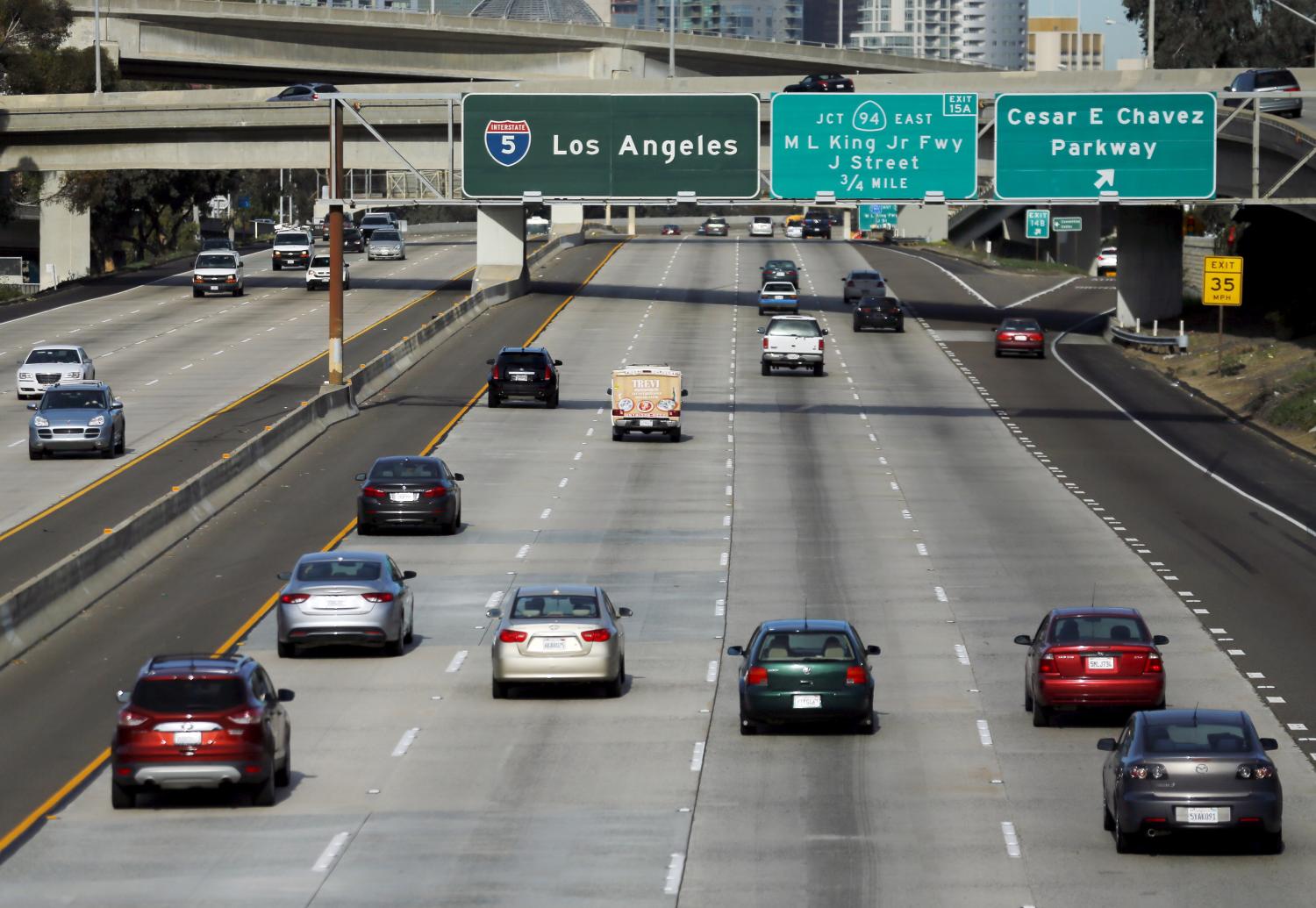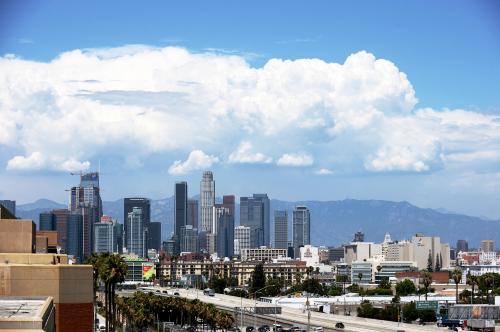A version of paper was presented at the 8th Municipal Finance Conference at The Brookings Institution on July 15-16, 2019.
Although the United States spends over $400 billion per year on infrastructure, there is a consensus that infrastructure investment has been on the decline and with it the quality of U.S. infrastructure. Politicians across the ideological spectrum have responded with calls for increased spending on infrastructure to repair this infrastructure deficit. The issue of infrastructure costs is particularly important as calls for increased infrastructure spending are sometimes coupled with prescriptions for dealing with higher perceived costs. However, the scholarship on the cost of infrastructure is lacking.
Leah Brooks of George Washington University and Zachary Liscow of Yale Law School aim to help fill this evidentiary gap by documenting and analyzing spending on new construction of the US Interstate System over the course of the second half of the twentieth century. Interstate highway construction is of particular interest because it is one of the largest infrastructure projects in the American history. In addition, and usefully for their analysis, Interstate highways are a relatively uniform product across space and time, particularly in comparison with other big-ticket items such as mass transit or airports. This relative uniformity makes for easier comparisons across time and space. At the same time, because states were responsible for construction, there is rich potential for geographic variation.
To analyze Interstate construction spending, Brooks and Liscow digitize annual state-level data on spending from 1956 to the present, and combine these spending per mile (“costs”) data with numerous other sources to measure the geographic, political, and legal determinants of costs. While the spending data are at the state level, they observe the precise location of Interstate segments by date of completion, which allows them to undertake more granular analysis.
Brooks and Liscow make two main contributions through this paper:
- They find that spending per mile on Interstate construction increased more than three-fold (in real terms) from the 1960s to the 1980s with inflection point of increase dated to the early 1970s; and that changes in observed geography over time do not explain these changes.
- They provide suggestive evidence of the determinants of the increase in spending per mile. In particular, the increased spending per mile coincides with the rise of “citizen voice” in government decision-making in the early 1970s, while rising incomes and housing prices nearly completely explain the increase in costs statistically.
The authors did not receive financial support from any firm or person with a financial or political interest in this article. Neither is currently an officer, director, or board member of any organization with an interest in this article.





